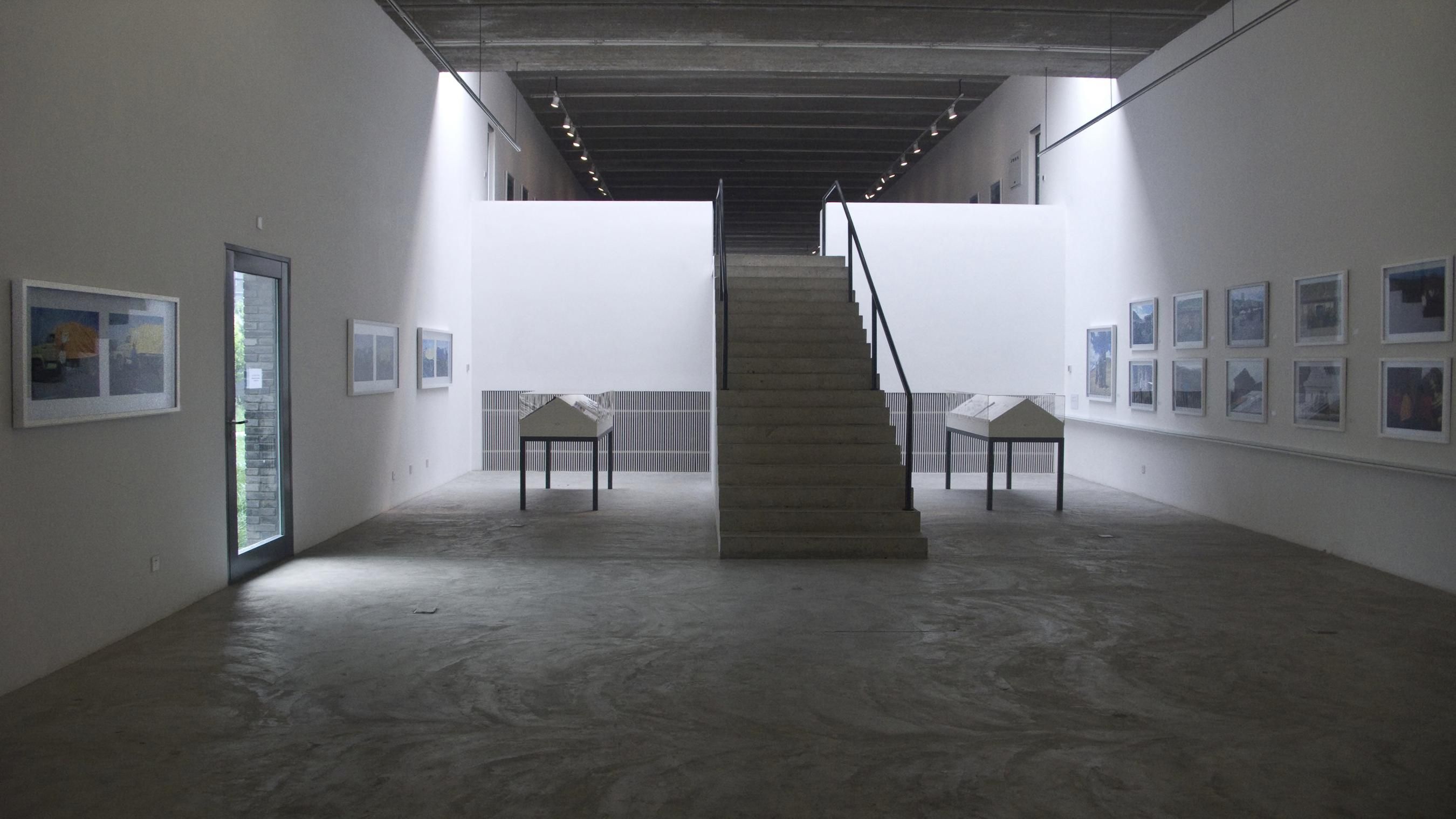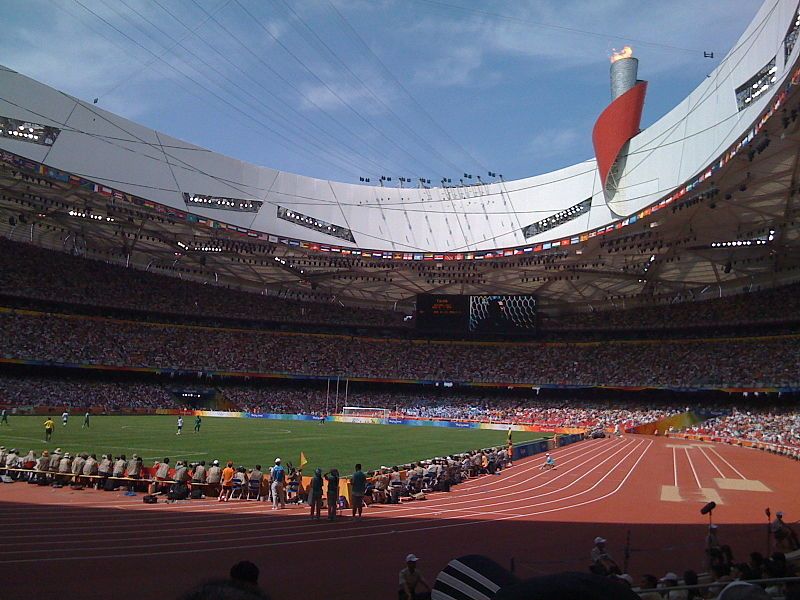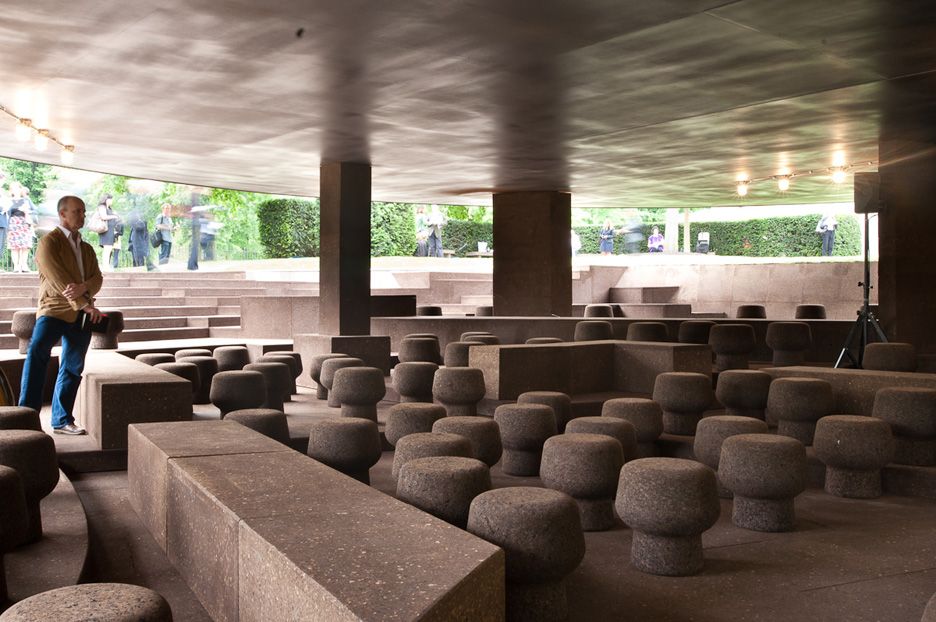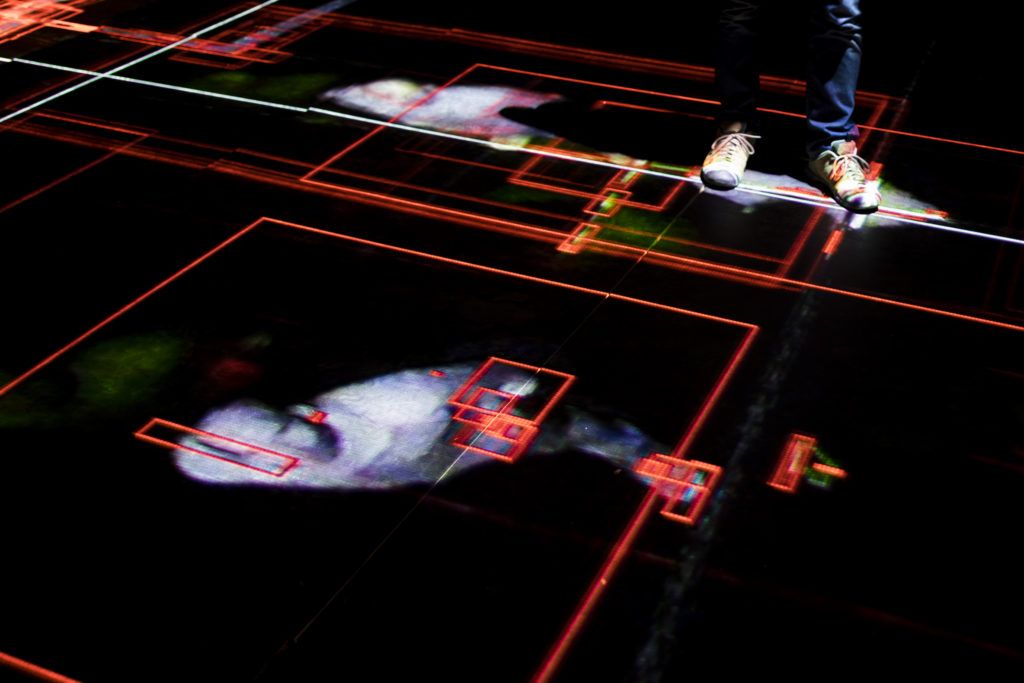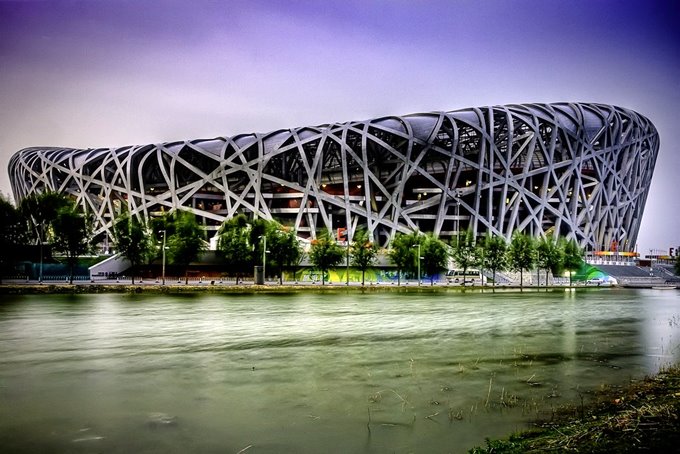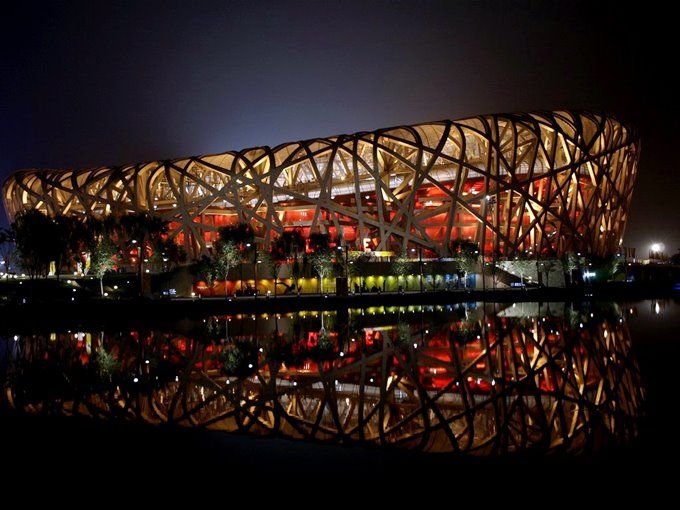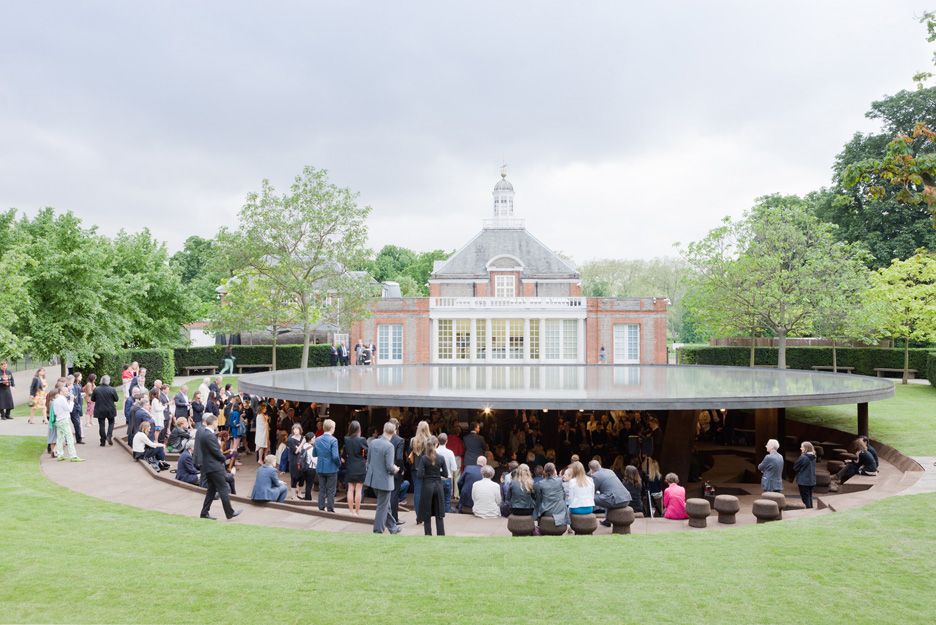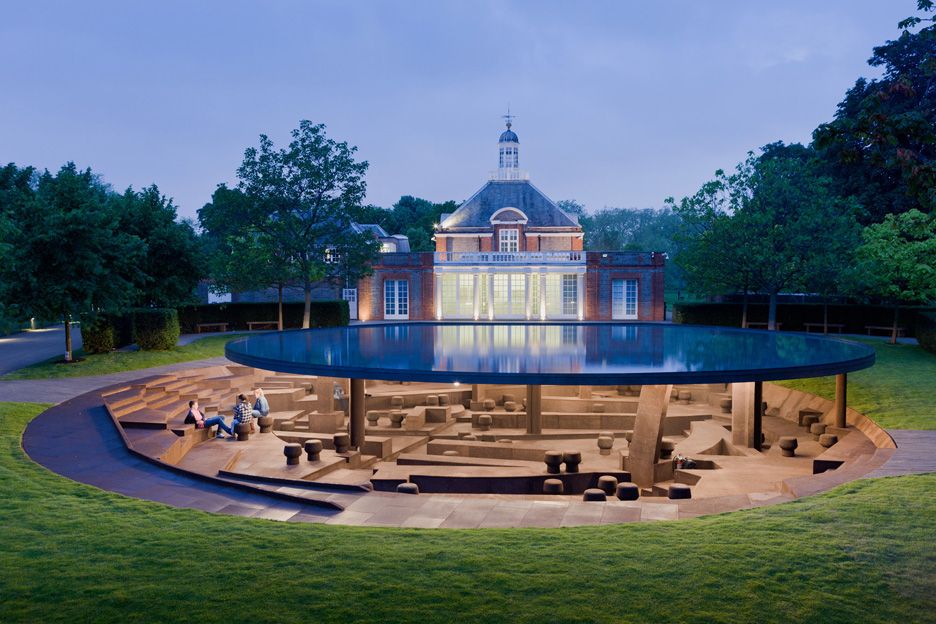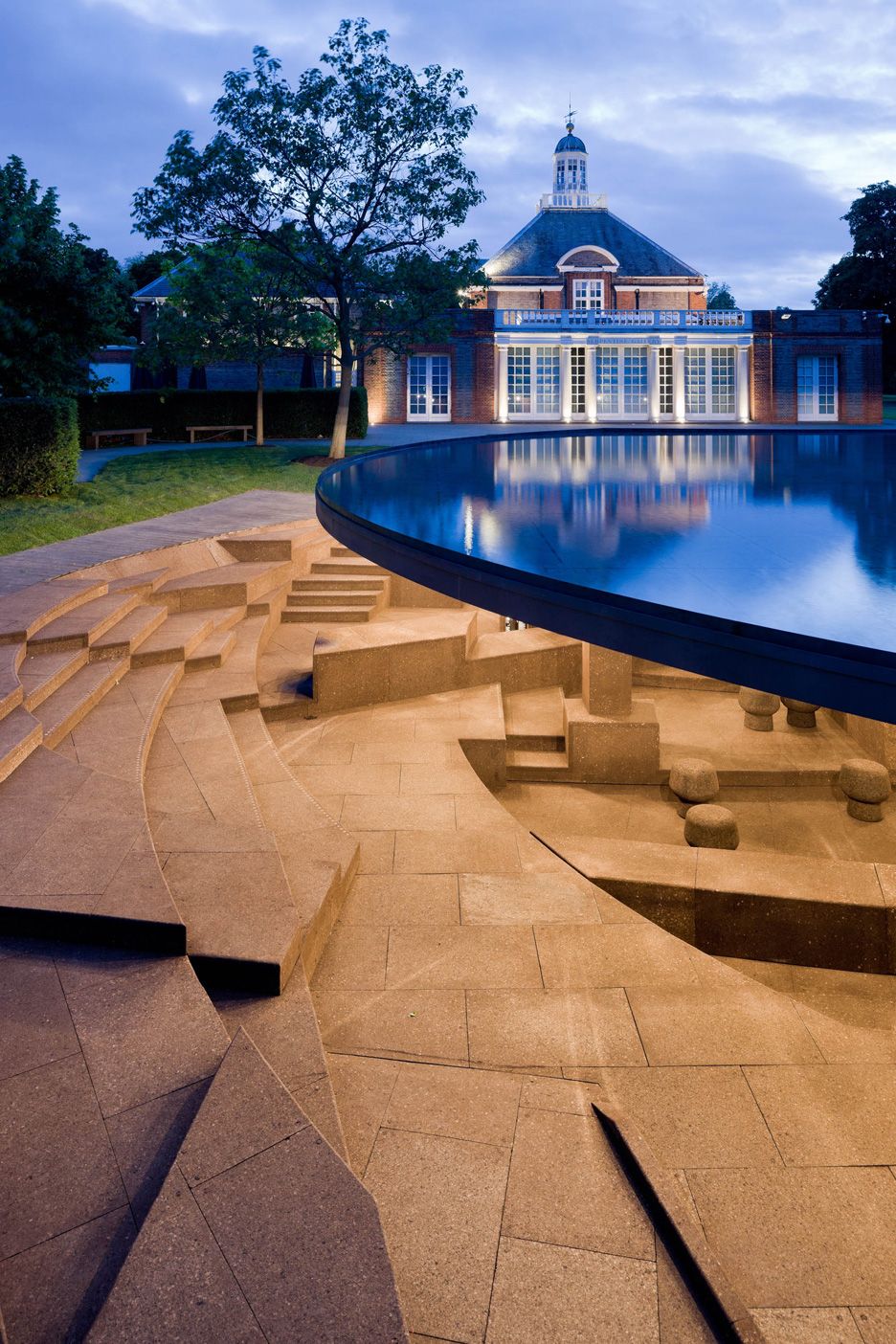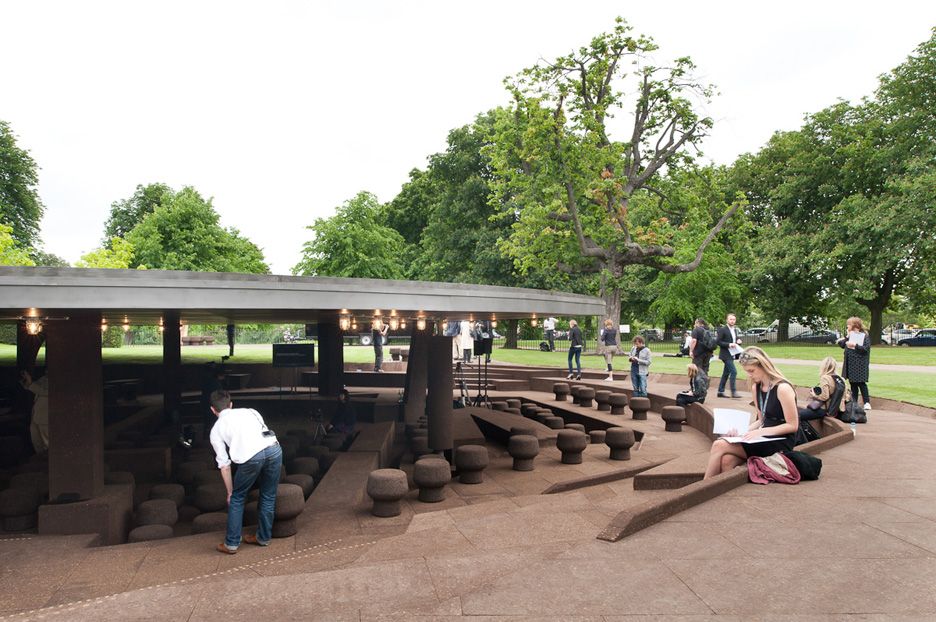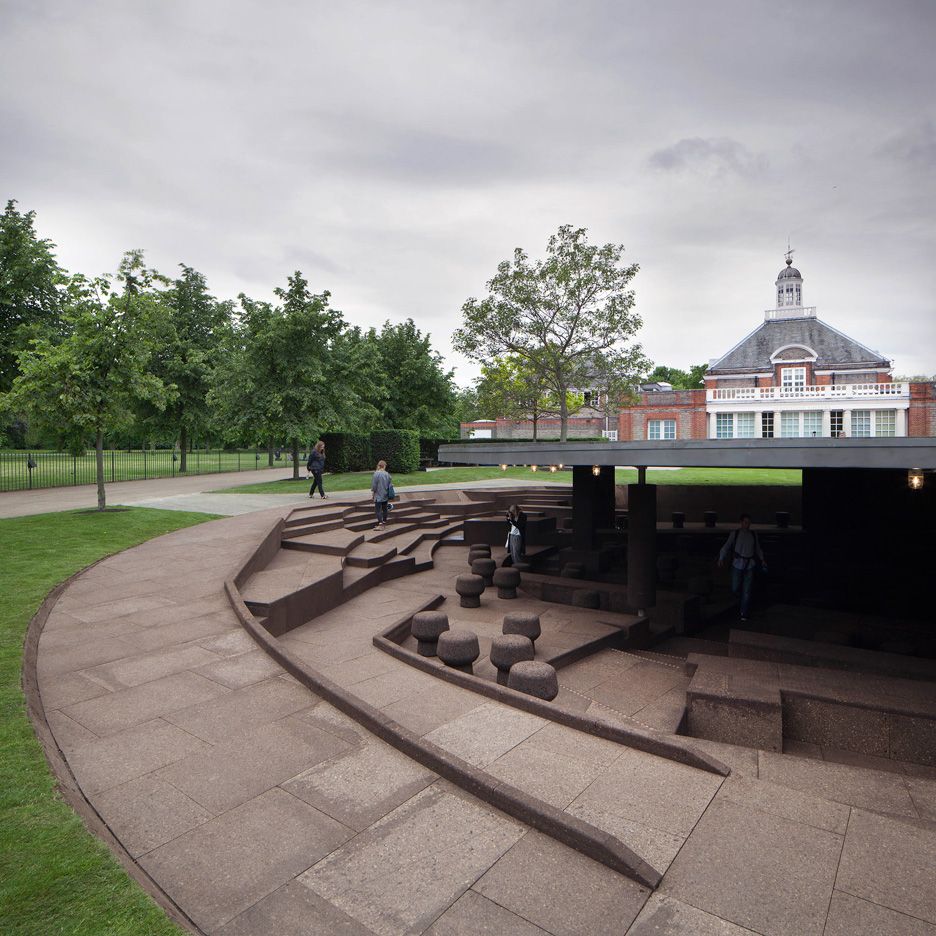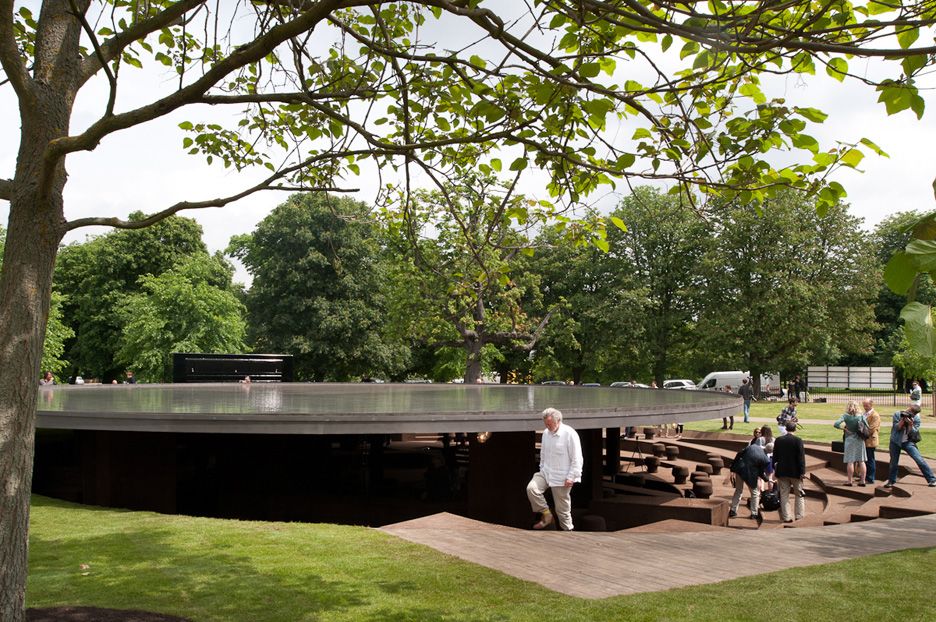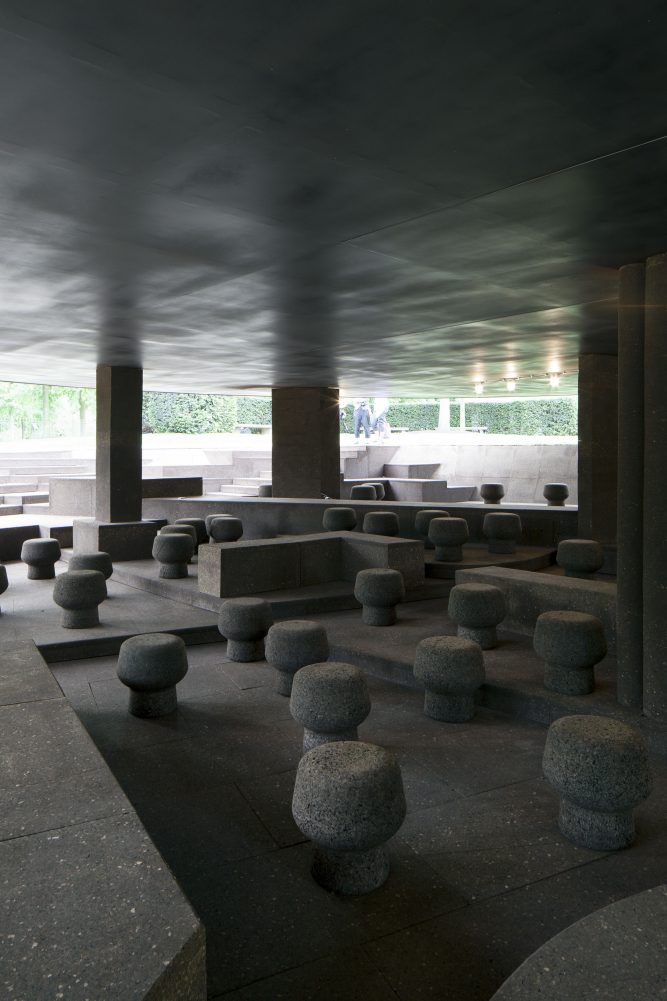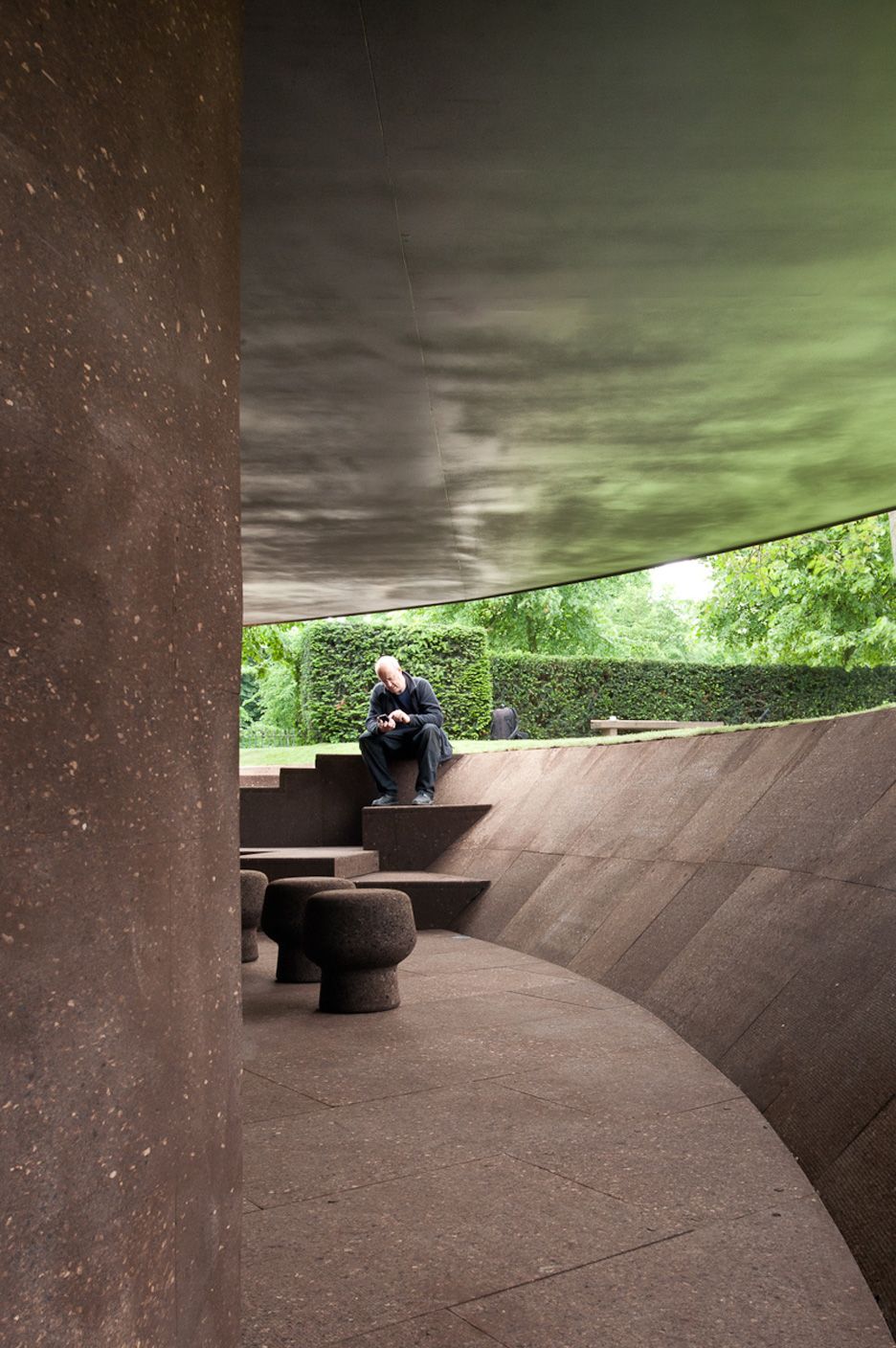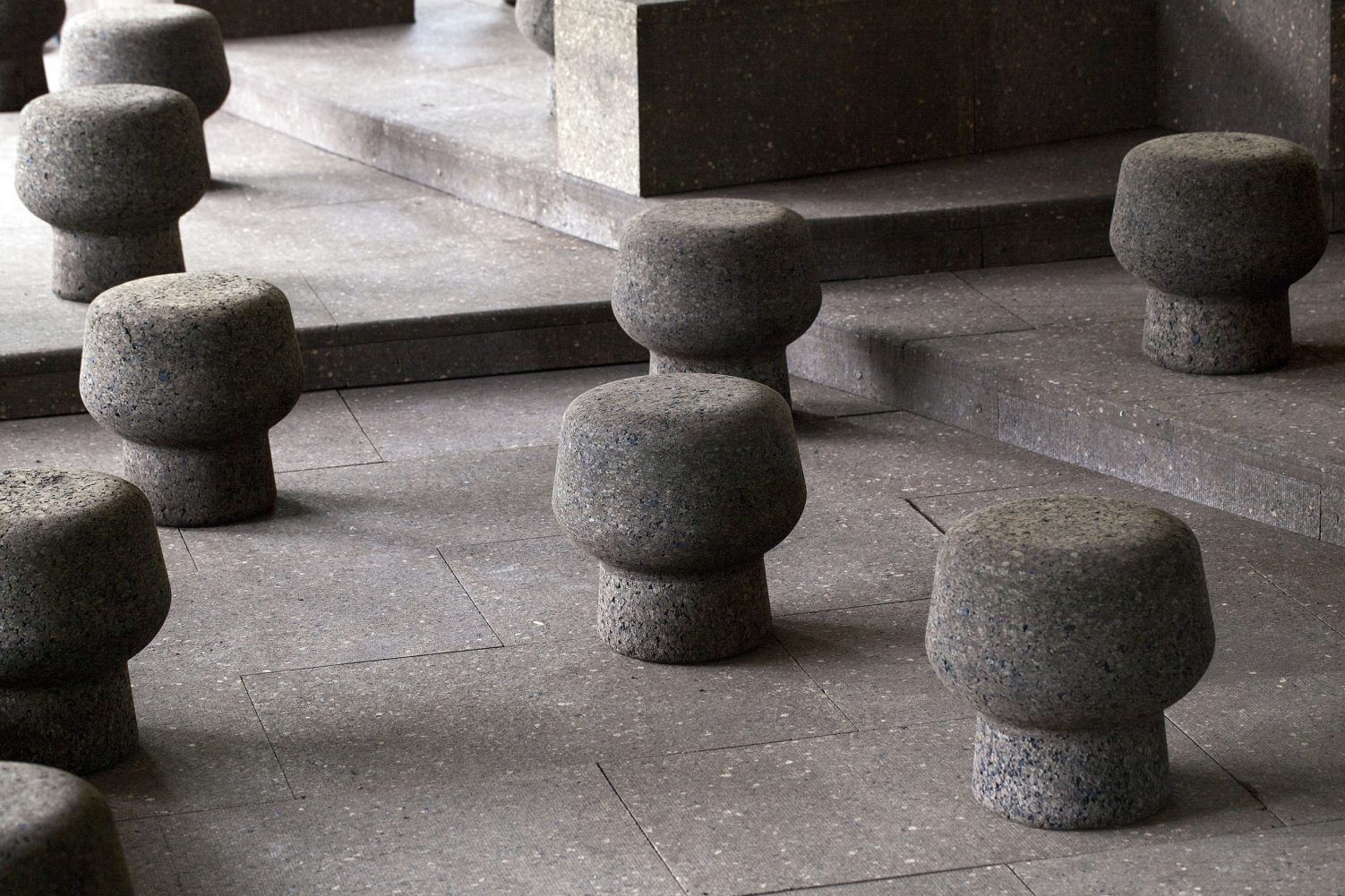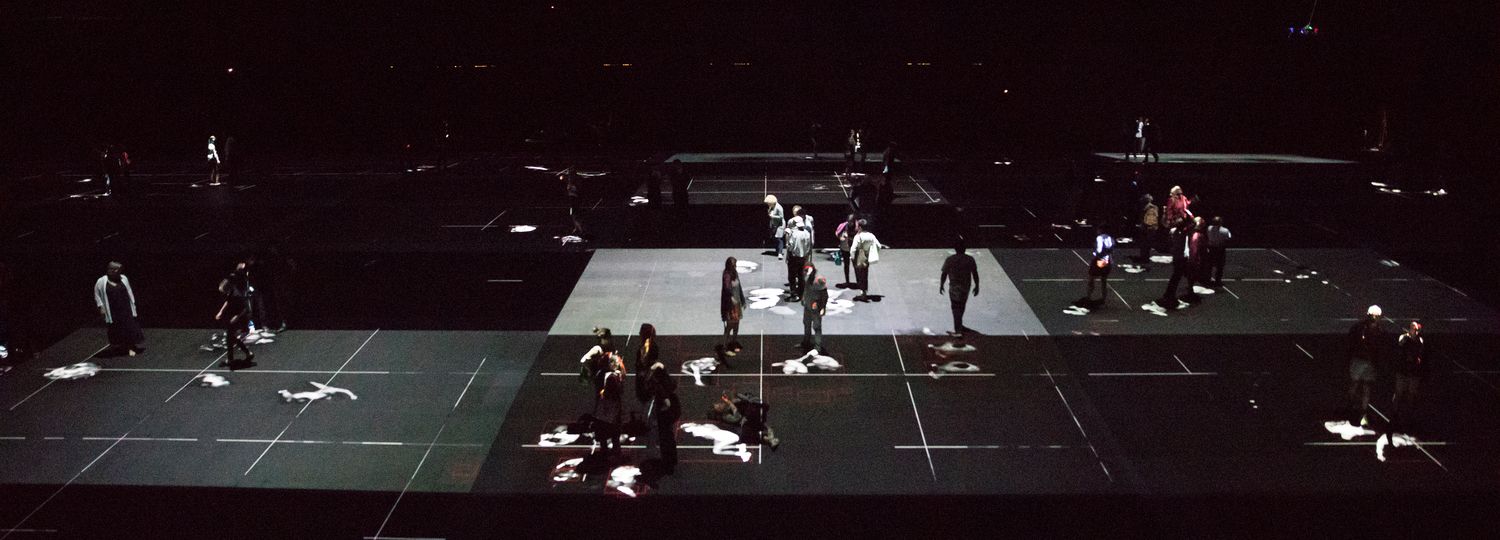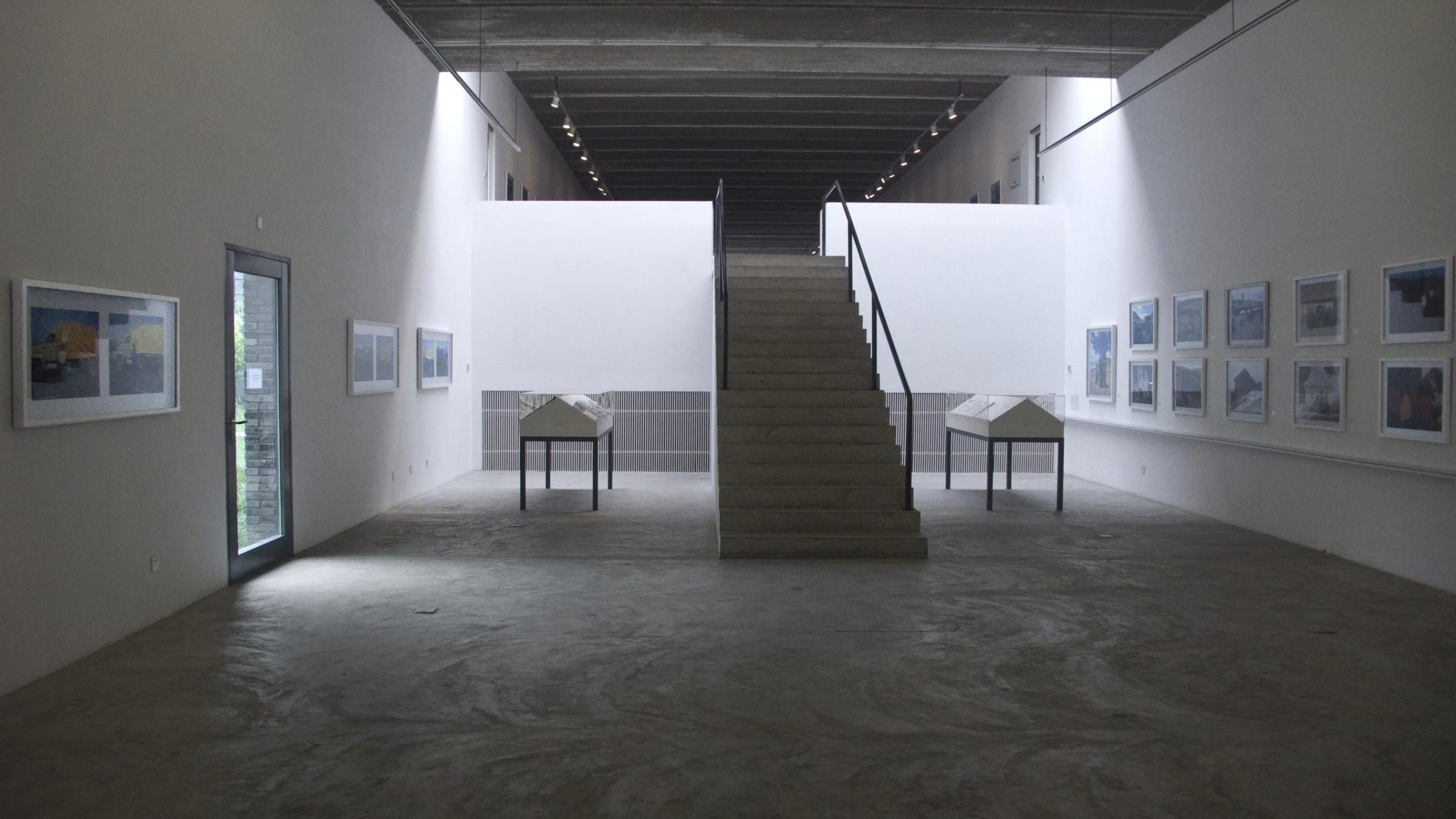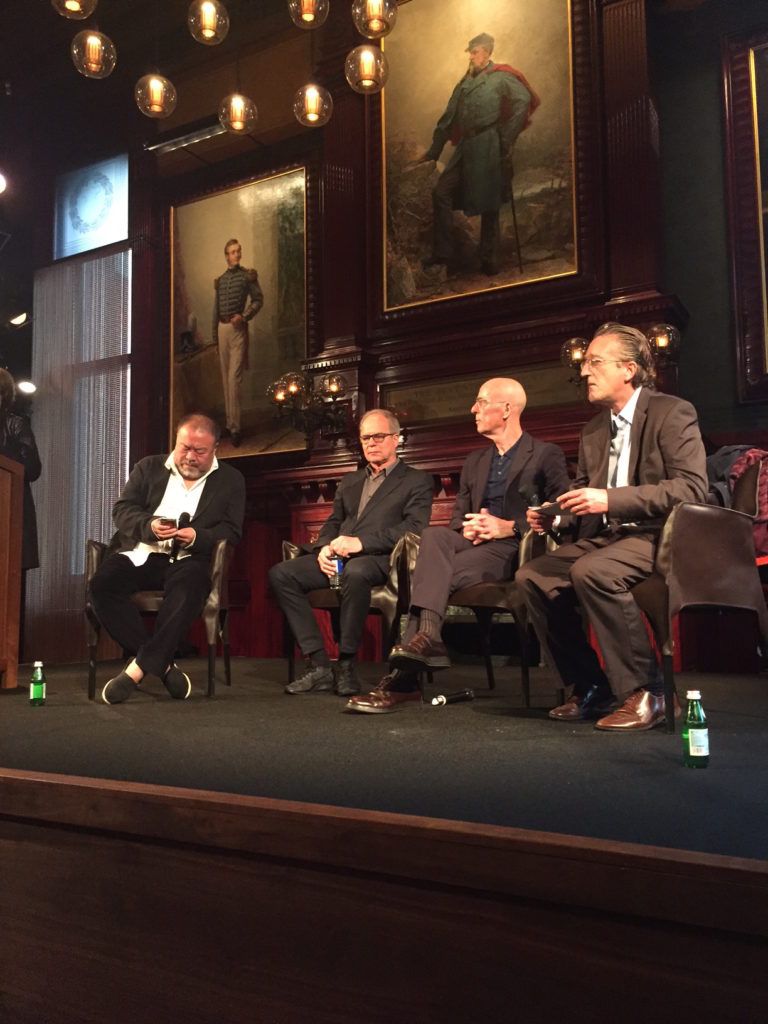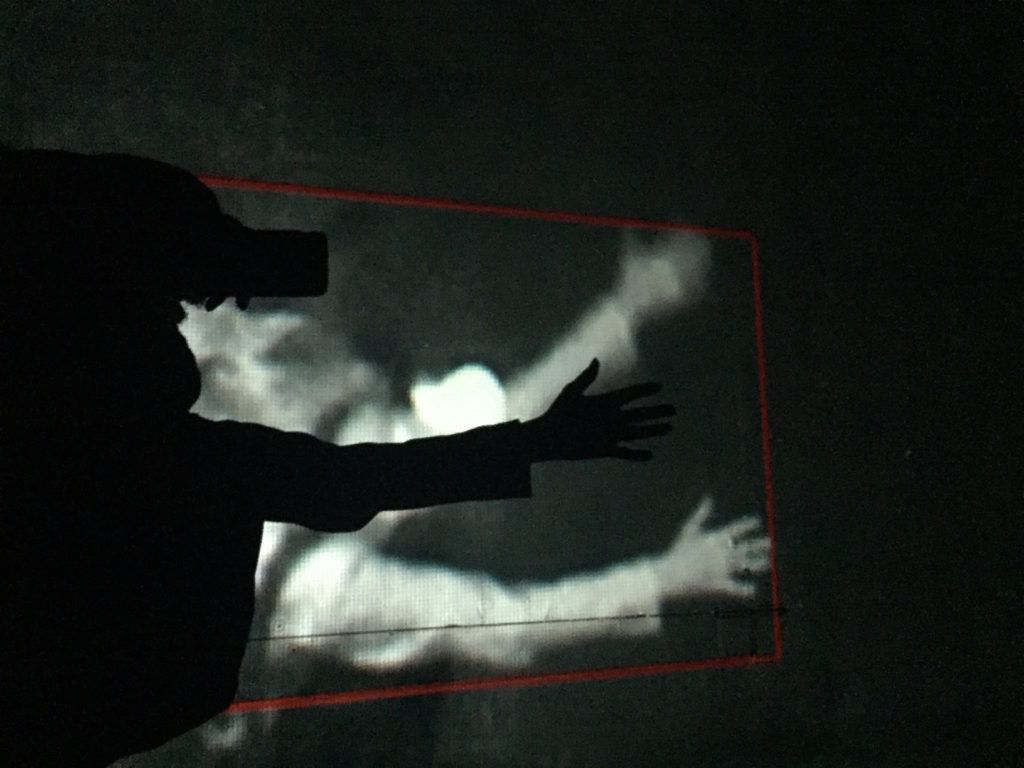Is there anything Ai Weiwei can’t do? The man is an artist, a radical, and a human rights activist. He is also extensively active in the fields of architecture, sculpture, photography, and filmmaking.
What is Ai Weiwei famous for?
Ai Weiwei’s philosophy has always revolved around utilizing architecture and art as means of achieving social transformation. Ai started his embarkment on architecture without even realizing it. When he wanted to move out of his mother’s house, he needed a place of his own. He got a paper and a pen, and just designed his house/studio in Beijing.
His home, which looked like a warehouse, has a great similarity to the traditional Chinese warehouses that were abundant in the 1930s. His designs often included a central courtyard which is inspired by the local Chinese architecture. Built-in 1999, his brick/concrete house revealed his refined style in design. He created geometric volumes, paid attention to lighting as well as the simplicity in the manipulation of the construction materials. Lighting the venue depended on daylight coming through clerestory windows and skylights.
Ai Weiwei: Spotlights of his life
1. Three Shadows Photography Center
Ai Weiwei started his own architectural firm, later on, naming it FAKE Cultural Development Ltd. In 2007, one of the main projects Ai designed was the Three Shadows Photography Center in Cao Chang Di, just outside Beijing. The center is a non-profit organization whose goal is to endorse all lens-related artists. From photographers to filmmakers, the art complex offers living spaces, studios, galleries, and other facilities for the artists who come to live and work there.
The venue looks unfinished, almost ruined, the bricks are exposed and the concrete is bare, all contributing to the creation of visual white noise. The Three Shadows Complex was previously a car-repair yard of a 4,600-square meter area.
Ai has built a bigger place than his house to be his workshop, which the authorities tore down in 2011. The police claimed that Ai didn’t have the construction permit necessary to build the place.
2. Ai Weiwei Collaboration with Herzog and de Meuron
In 2008, the artist collaborated with the prominent Swiss architectural company Herzog and de Meuron in designing the National Olympic Stadium in Beijing, known as “the Bird’s Nest”. His second collaboration with the firm was in 2012 when they co-designed the Serpentine Gallery Pavilion for the same year in London. The temporary summer pavilion is designed every year by a chosen prominent architect and stands for three months on the Gallery’s lawn.
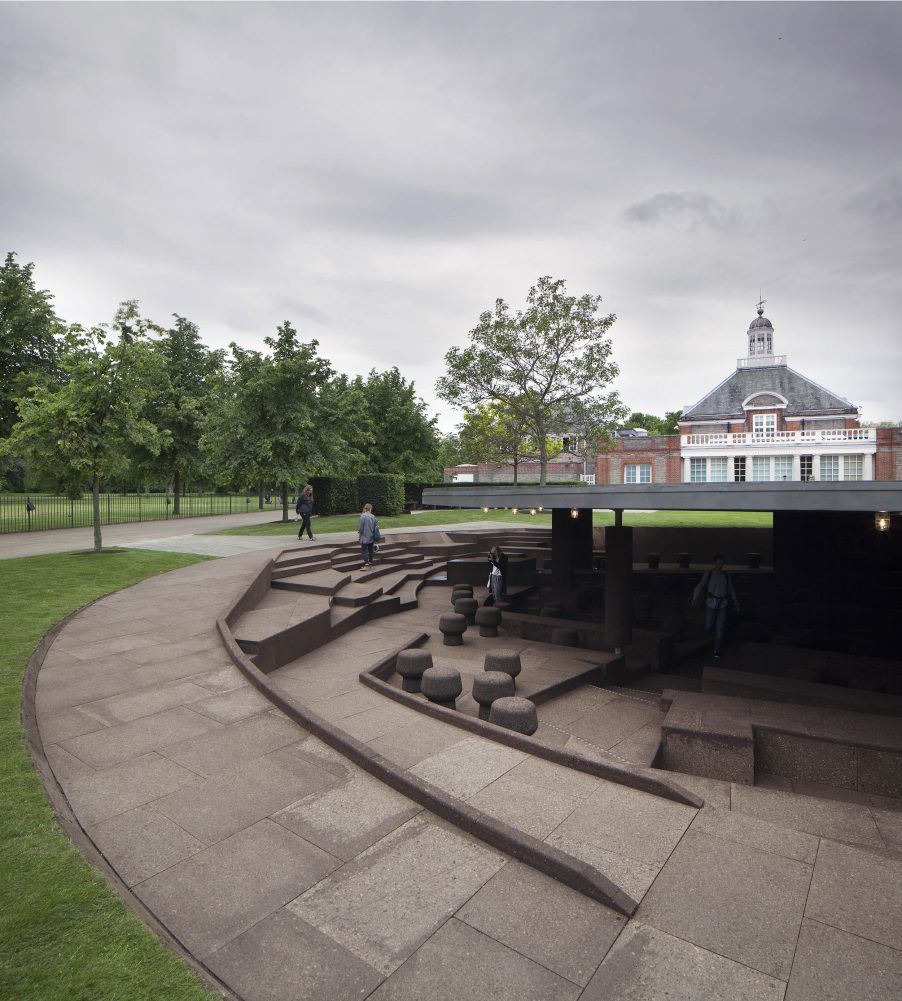
Dusk view – Serpentine Gallery Pavilion 2012, Kensington Gardens, London, UK. Designed by Herzog & de Meuron & Ai Weiwei. Courtesy of Herzog & de Meuron and Ai Weiwei
In 2011, Herzog and de Meuron along with Ai Weiwei invited one hundred architects from various countries to design 100 villas in the Ordos, Mongolia. Ai Weiwei supervised the master plan of the housing project dubbed “Ordos 100”, which provided every architect with an area of 1000 square meters for each villa. However, the urban development project was not much success. The city, which is referred to as the “Failed Utopia,” remains abandoned until further development of the surrounding area.
The latest work Ai got into with the Swiss firm was held at the Wade Thompson Drill Hall, Park Avenue Memory, New York. The designers invited visitors to roam the place which was enveloped in darkness. Moreover, the people were also subjected to surveillance and tracking by drones and motion sensors. The concept behind this “Hanzel and Gretel” installation aimed to highlight the expansive invasion of privacy the society endures nowadays.
3. Dispute with Chinese Government
As the Chinese government has become increasingly aware of the loud voice of Ai Weiwei, observers feel that authorities are trying to silence his opposition through a series of arrests and lawsuits. Not only did he suffer the demolition of his workshop years ago, but he also had his firm shut down by the authorities in 2012. In 2016, Ai claimed that the communist government considered his talk in architecture to be unacceptable and threatening to their leadership.
Beijing's National Stadium "Bird's Nest" by Francisco Diez @flickr
The Forbidden City, Beijing by Francisco Diez @flickr
The National Olympic Stadium of Beijing, Photography of Flickr user: Tom Nguyen
photography by © 2012 Iwan Baan
photography by © 2012 Iwan Baan
photography by © 2012 Iwan Baan
Photograph by © Jim Stephenson
photography by © 2012 Luke Hayes
Photograph by © Jim Stephenson
Photograph by © Jim Stephenson
photography by © 2012 Luke Hayes
Photograph by © Jim Stephenson
photography by © 2012 Luke Hayes
photography by © James Ewing.
Photography by © Abby Robinson
photography by © James Ewing.
photography by © James Ewing.
photography by © James Ewing.


